The types of power amplifiers.
 Jun 14,2023
Jun 14,2023

 Shuoyi
Shuoyi
The types of power amplifiers.
There are multiple ways of designing a power amplifier circuit. The operation and output characteristics of each of the circuit configurations differs from one another.To differentiate the characteristics and behavior of different power amplifier circuits, Power Amplifier Classes are used in which, letter symbols are assigned to identify the method of operation.So, let’s take a look at them in detail.
Class A Power Amplifier
Class A power amplifier is a completely linear form of amplification. When a Class A power amplifier is in operation, the positive and negative channels of the transistors are normally open regardless of the presence or absence of a signal, which means that more power is consumed as heat.
Class B Power Amplifier
Class b power amplifier are also known as linear amplifiers, but their working principle is completely different from that of pure Class A power amplifiers.When a Class B power amplifier is in operation, the positive and negative channels of the transistors are usually closed unless there is a signal input, i.e. only the positive channel is working when a positive signal comes through and the negative channel is closed, so the two channels never work at the same time, but when there is no signal, there is often a crossing distortion, especially at low levels, so Class B is not a real power amplifier. Never work at the same time, so there is no signal in the part, no power loss but in the positive and negative channels open and close the time, often produce across the distortion, especially in the case of low level, so the class B power amplifier is not really a high-fidelity power amplifier. In practice, in fact, many of the early car audio amplifiers were class B amplifiers because of their higher efficiency.
The class b product in SHUOYI: FC-A248

(A product of home power amplifiers)
Class AB amplifiers.
Class ab power amplifier is a design compatible with the advantages of Class A and Class B amplifiers. When there is no signal or the signal is very small, the positive and negative channels of the transistors are normally open, and there is a loss of power, but not as severe as in a Class A amplifier. When the signal is positive-phase, the negative channel in the signal becomes stronger before the channel is still open, but the signal turns strong, the negative channel is closed. When the signal is negative phase when the positive and negative channels work just the opposite. class AB power amplifier defects is that it will produce cross over distortion, but relative to its efficiency ratio as well as fidelity, are better than class A and B amplifiers, class AB amplifiers are also the most widely used design of the current car audio.
The class ab product in SHUOYI: AV-602BT
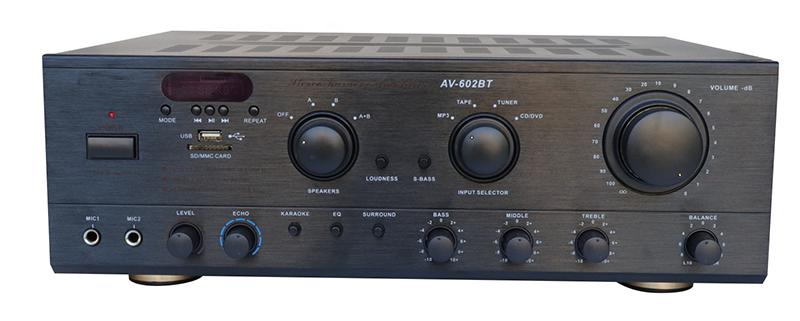
(A product of home power amp)
Class D amplifiers.
Class D amplifiers differ from the above mentioned Class A, B or AB amplifiers in that their operating principle is based on switching transistors which can be fully on or fully off in a very short time. Both transistors do not turn on at the same moment, so very little heat is generated. The efficiency of this type of amplifier is extremely high (around 90%), ideally up to 100%, compared to only 78.5% for Class AB amplifiers. On the other hand, however, the switching mode of operation increases the distortion of the output signal.
What's more, there are many other power amplifiers categories which are not mentioned in this blog.However,no matter what type of power amplifiers,SHUOYI has the faith that we can provide satisfying products for all customers!

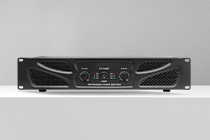
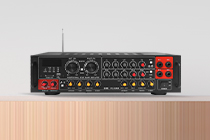
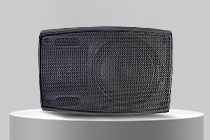
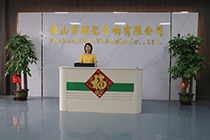

 Home
Home Do you know the advantages of class AB amplifiers?
Do you know the advantages of class AB amplifiers?  You May Also Like
You May Also Like
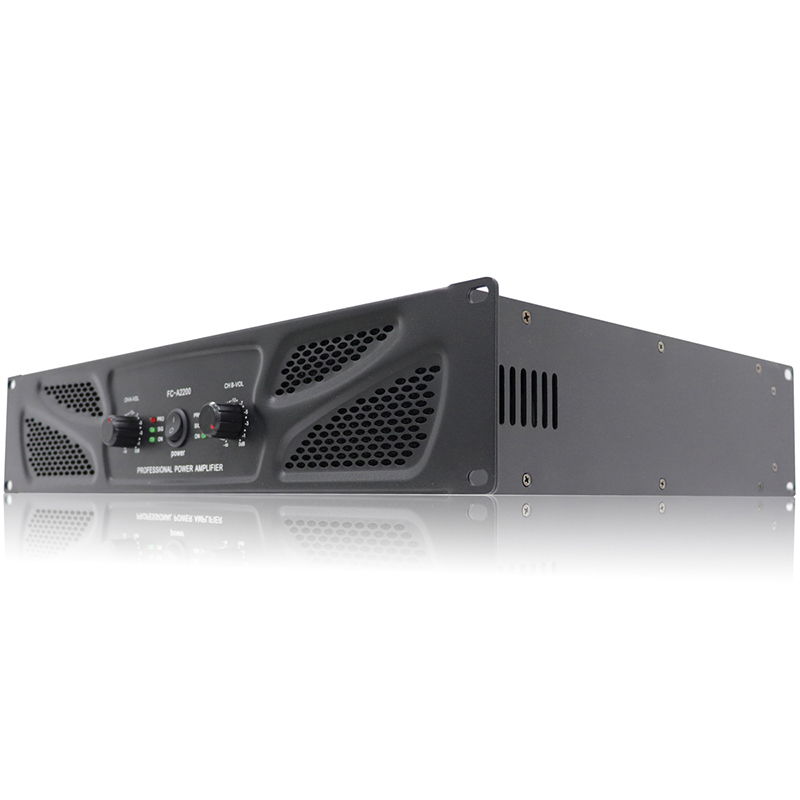

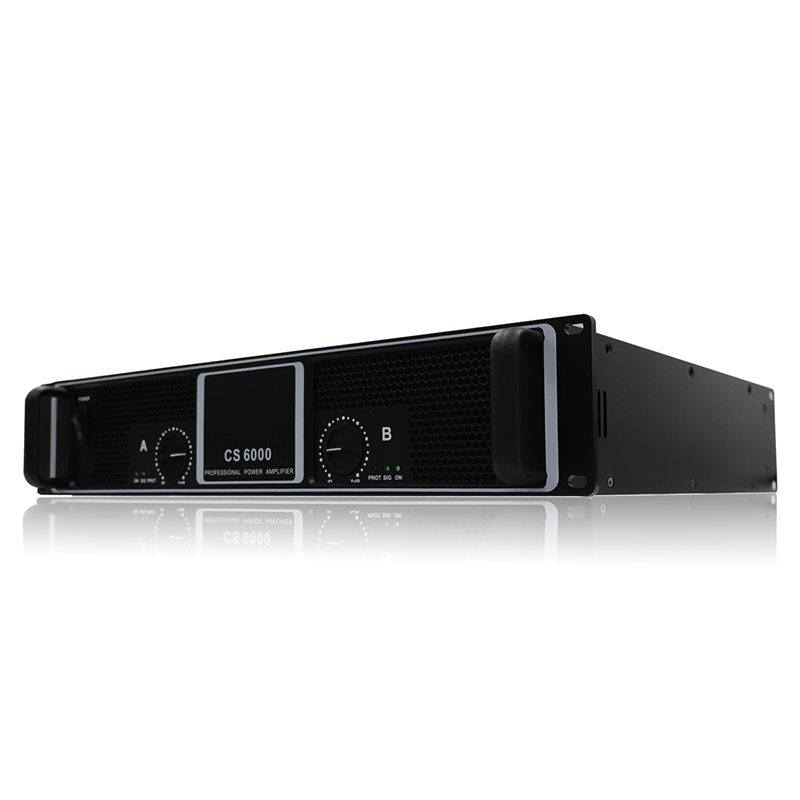
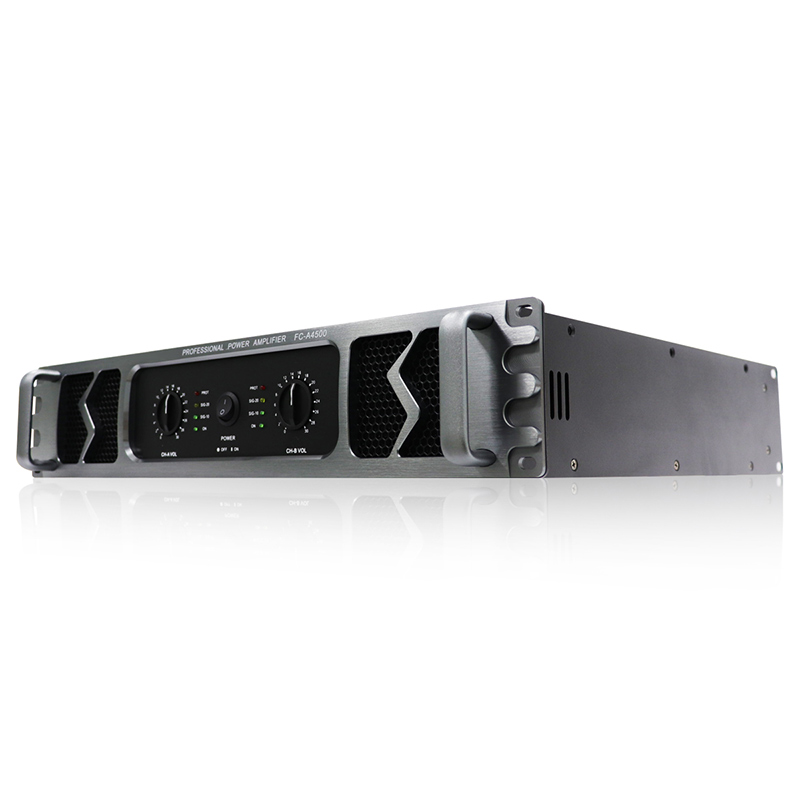
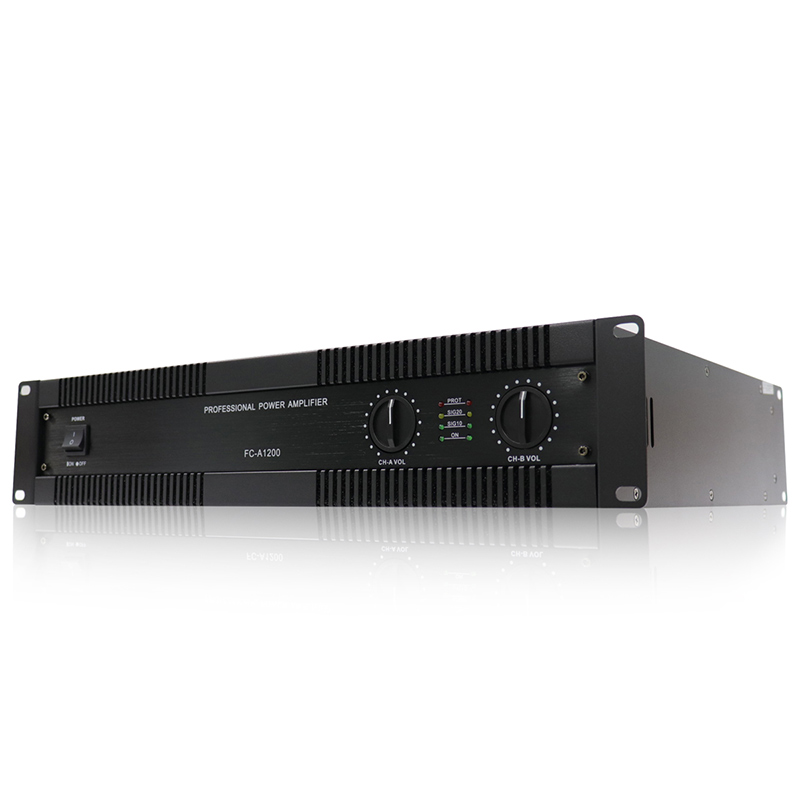
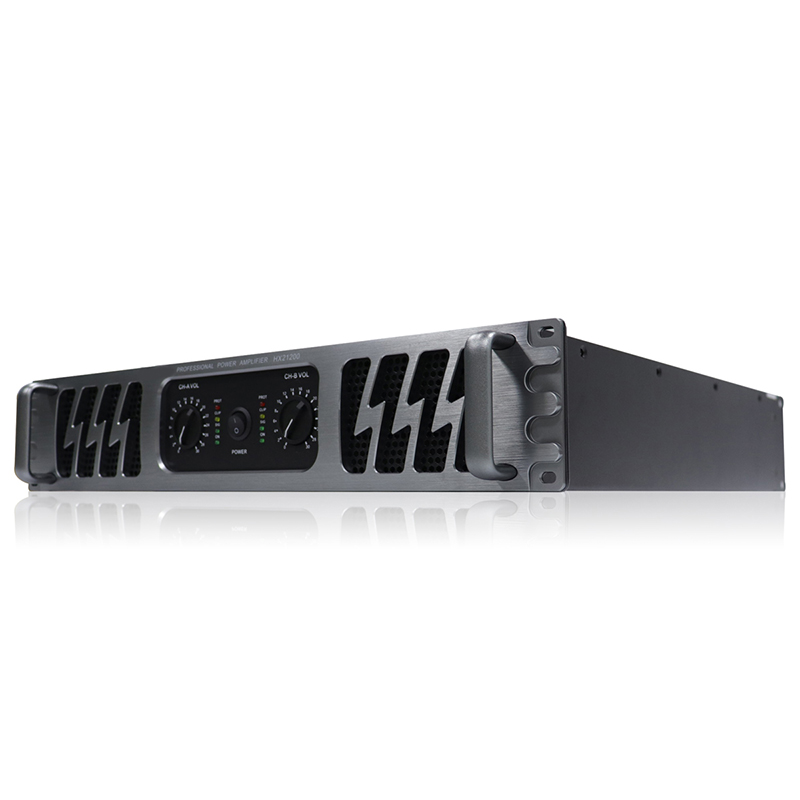
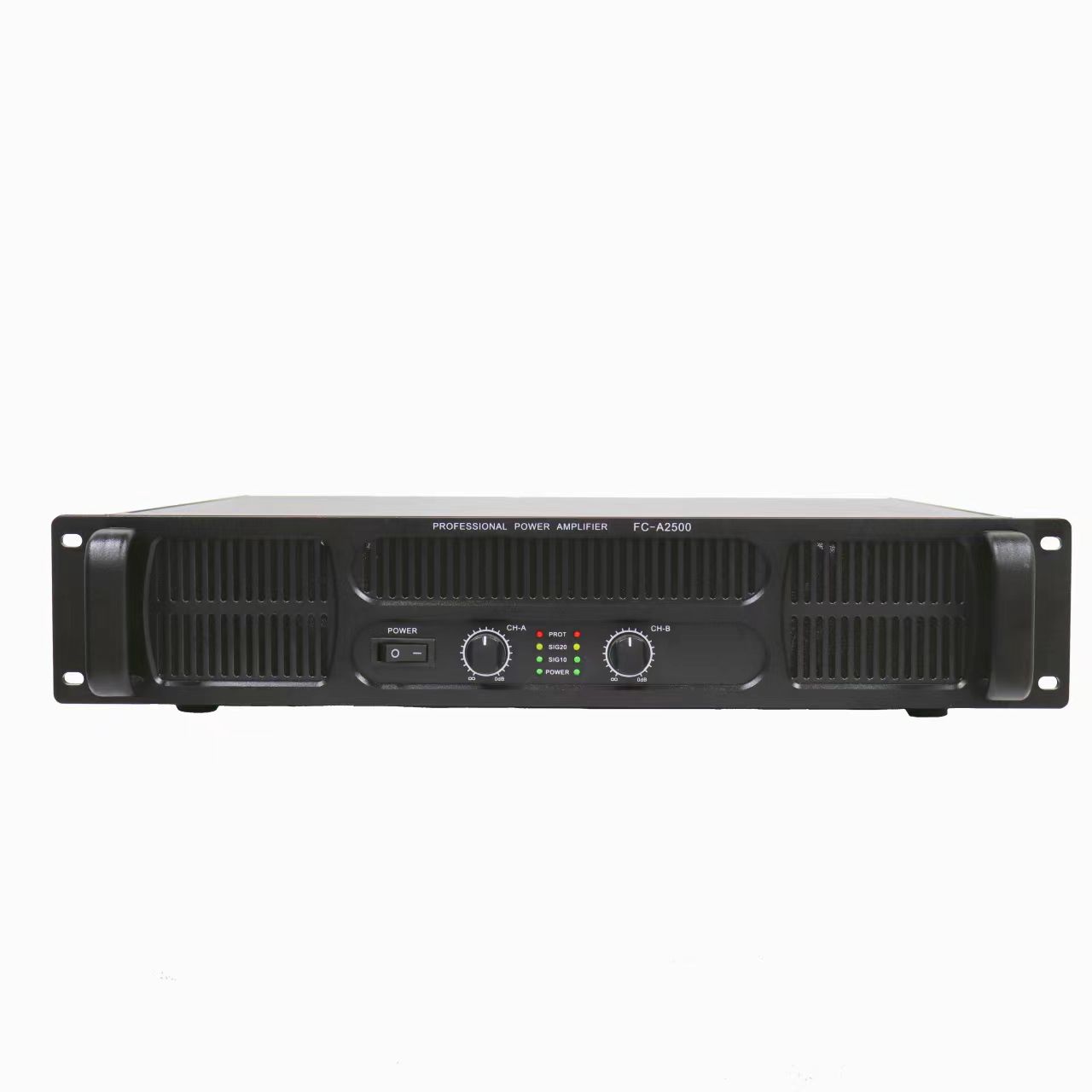
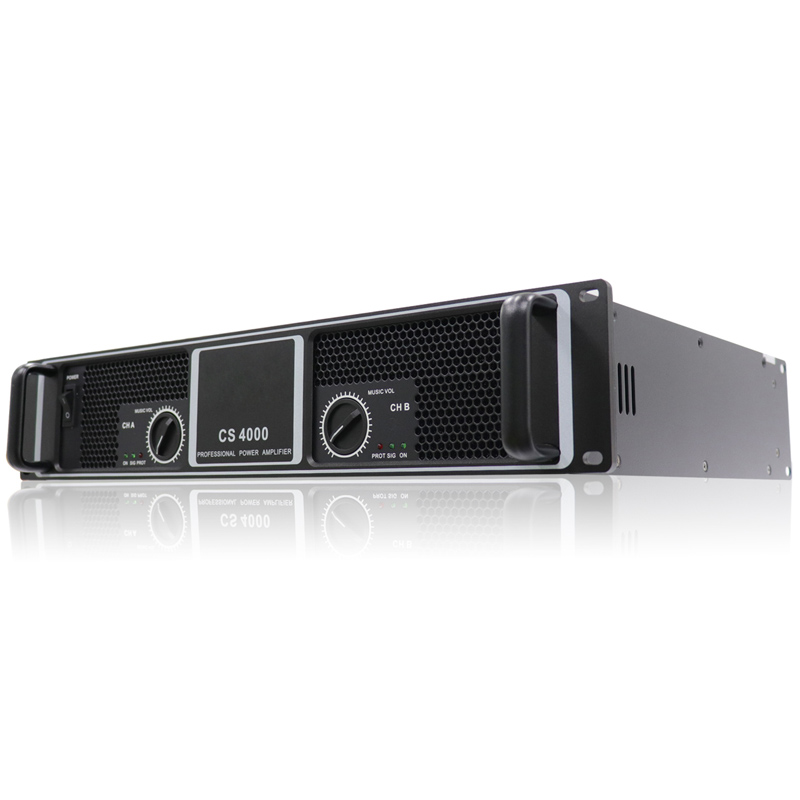
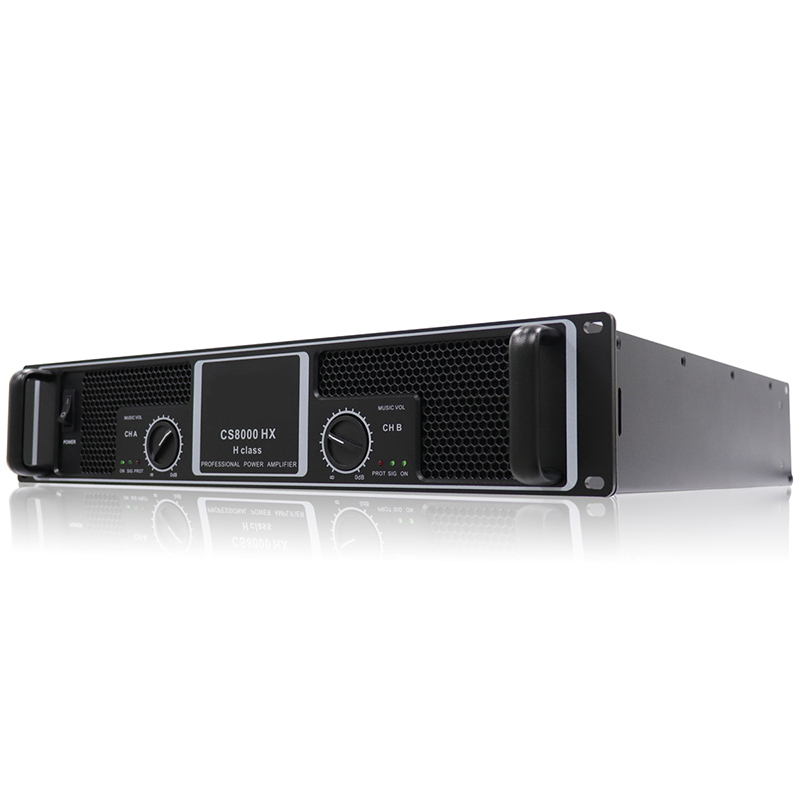

 Tel
Tel
 Email
Email
 Address
Address











